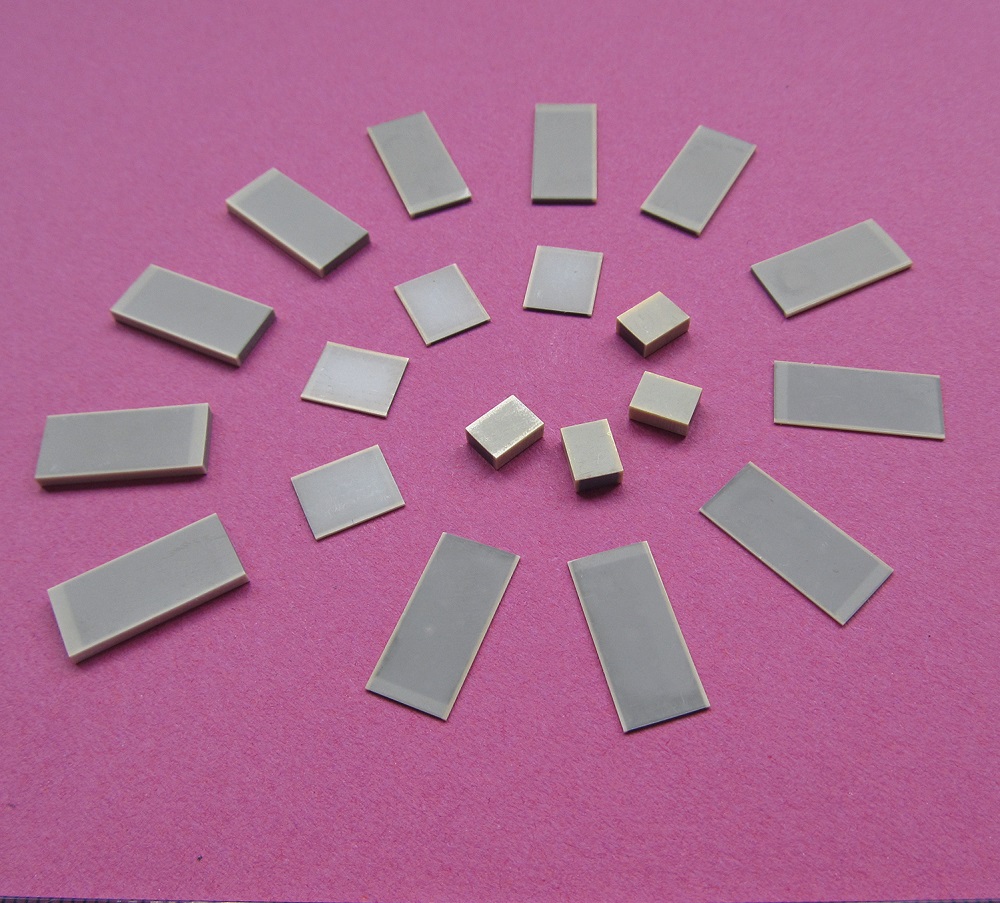

For the realization of active cooling elements, especially in power electronics but also for environmentally friendly air-conditioning and cooling systems, application of the electrocaloric effect is of great interest. This approach utilizes the property of certain ferroelectric ceramics to heat up or cool down considerably due to changes in an external electric field.
As part of the DFG Priority Programme (SPP) “Ferroic Cooling“, Fraunhofer IKTS focuses on the development of electrocaloric materials and components that exhibit high temperature and entropy changes and low dielectric losses during cooling. Targeted materials selection and synthesis are important aspects of the work. Other aims are development of a suitable technology for preparation of the cooling elements and identification of optimized element geometries and operating conditions.
Ferroelectrics exhibit a high electrocaloric effect in the vicinity of the ferroelectric-to-paraelectric phase transition during application and withdrawal of high electric fields. Therefore, materials synthesis is performed with emphasis on adjustment of the phase transition temperature to application needs. Furthermore, reduction of dielectric losses and enhancement of the dielectric strength of the cooling elements are accomplished by addition of appropriate dopants and proper processing. Ceramic multilayer technology offers the possibility of manufacturing largescale components with high cooling capacity at low operating voltage.
For room-temperature cooling tasks, the lead magnesium niobate-lead titanate (PMN-PT) system is adjusted by modification of its stoichiometric composition and targeted doping. For the production of multilayer elements, ceramic layers are prepared by tape casting. Electrode structures are then applied to the layers in a screen printing process. The resultant single layers are stacked to the required cooling element height, isostatically laminated, and separated by laser cutting. Cooling elements of different sizes and thicknesses can thus be prepared to accommodate specific application needs.
The sintered cooling elements are distinguished by small individual layer thicknesses of 20–90 microns, which lead to higher dielectric strengths in comparison to bulk ceramics. At present, it is possible to achieve an electrocaloric temperature change of 2.7 K through application of an external electric field of 16 kV/mm to a multilayer component 18 mm long, 8 mm wide, and 1 mm thick.
Future work will focus on development of multilayer components for specific system designs.
